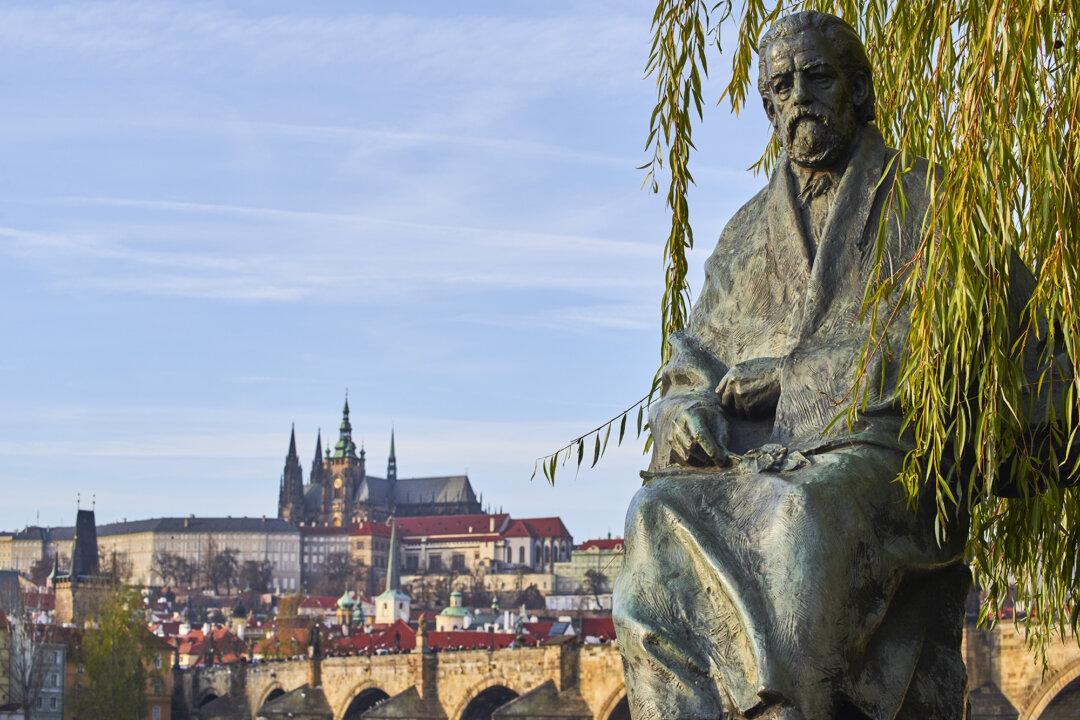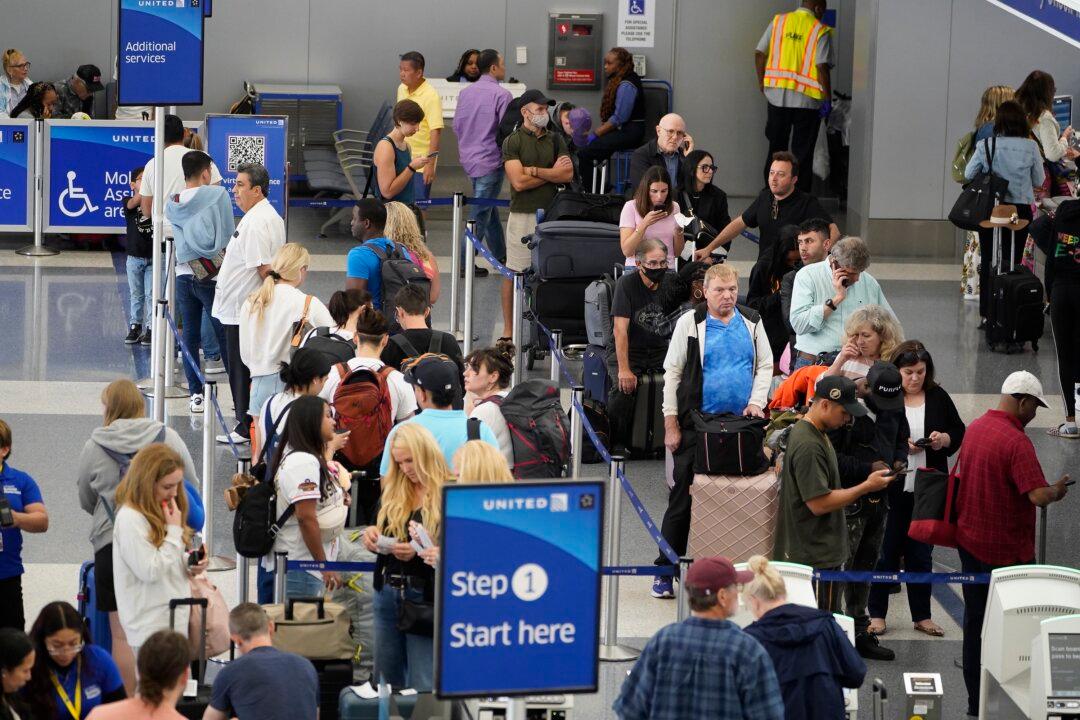On any given day, thousands of tourists, and probably most of the locals, walk right by this place, unaware that there’s a sovereign country, just inside. The street, broad and lined with fashionable boutiques, today was busy with a crush of foot traffic, and everyone pushing their way through to the Spanish Steps, just a couple of blocks away. It’s a little after midday, but everyone’s looking a little tired and hot from their tourist travails, making their way around The Eternal City.
Only able to find scant bits of information on the internet, and a location on Google Maps, I walked slowly, seeking out the correct entrance. And then, there it was, a little alcove, sandwiched between a Hermes and a Jimmy Choo, two red flags hanging over the front.
At first, I was happy to just peer inside the courtyard, blocked by a gate, and then take a selfie with the golden plaque on the door, adorned with an unfamiliar coat of arms and an inscription. It read, in Italian: Sovrano Militare Ordine Ospedaliero Di San Giovanni di Gerusalemme Di Rodi E Di Malta. And: Palazzo Magistrale-Sede Extraterritoriale. There was also a small mail slot (Telegrammi In Buca, it said).
And most tempting—a bell. No invitations to ring it, but no prohibitions, either. Slowly, a little nervous, I reached out and pushed the button. To my complete surprise, the gate swung open. On the other side, sovereign territory, a landless country, almost wholly contained here in the heart of one of the world’s most celebrated cities.
When you come to Rome, you can visit three countries in one day. Once the capital of the vast and almost unimaginably powerful Roman Empire, it remains the capital city of the modern nation-state of Italy. But while you won’t find any stern-faced border guards or passport checkpoints, Rome is also home to two microstates. And while the Sovereign Military Hospitaller Order of Saint John of Jerusalem, Rhodes, and Malta is obscure, the other one is the religious heart for billions of Catholics around the world.
Entering Vatican City simply involves walking through one of three gates open to the public, passing through Medieval and Renaissance walls that still bound St. Peter’s Square. There’s a police presence, officers in combat gear with machine guns, but they seem relaxed enough, not stopping anyone from entering or leaving. Vatican City is the world’s smallest fully independent nation-state.
You could spend a whole day here, or more, touring the Vatican Museums, which showcase some 20,000 works of the 70,000 in their collections, including priceless Roman statues and paintings from the Renaissance, housed in grand palaces. Most visitors will take the time to marvel at the work of Michelangelo on the ceiling of the Sistine Chapel, and then feel completely dwarfed by the soaring dome of St. Peter’s Basilica, the second-largest building in all of Christendom.
Vatican City was created only in 1929, but central Italy was long ruled by the pope, head of the Papal States from the 4th to the late 19th century. It covers just 121 acres and is home to fewer than 1,000 people. The pope is the absolute head of state, and Vatican City has its own post office, telephone system, banks, and the colorfully uniformed Swiss Guards, who protect the pope.
I’ve visited the Vatican a number of times and seen the Sistine Chapel, the Pieta, and St. Peter’s crypt. This is a good thing, because today, I’m only permitted a few moments within the pillars of St. Peter’s Square, having arrived just before local police started clearing the area, apparently for an imminent open-air mass. “Prego, prego!” they shout, signaling to the hundreds of tourists snapping photos and enjoying the sun that they should make their way to the back exits, through a barricade.


One or two occasionally wander in the wrong direction, causing the police to point and blow their whistles. I ask one stern-faced man, who seems to be in charge, when I could maybe attend the mass? Shaking his head with gusto, he looks down at my well-worn cargo shorts and faded sneakers. “No, no, prego, please go,” he says, efficiently directing me through a gate, which snaps shut behind me.
But having just walked through the gate at the Order of Saint John, I found myself welcomed, sort of, at least for the moment. While these knights have ruled lands around the world (most notably, Malta, but also Rhodes, and four Caribbean islands), they now principally occupy two buildings in Rome, which enjoy extraterritorial status. The three officers of the order are their only citizens, although thousands around the world remain knights and dames. The Order is now mostly involved in humanitarian work and enjoys observer status at the United Nations. They even issue their own postage stamps, coins, and passports.

I stepped into a small, dark office, and was greeted in Italian by a man, named Fabio, in a sweater and tie. He spoke no English, and I faltered as I tried to explain my presence here. “I like visiting unknown countries, and this is a country—in a way,” I said, while Fabio’s face remained a wall of incomprehension. “I’m here to learn a little more history?”
Suddenly, Fabio has an idea. “You, here, to see John?” he asked. Yes, certainly, I affirmed, I would love to meet John. Who is John, exactly? I’ll never know. Because after dialing a house phone and engaging in a rapid-fire conversation with the unknown person on the other end, Fabio’s face clouded. “John, not here in the Palace,” he said, then, placing the phone on his counter, he walked around and blocked my entrance to the courtyard, his arms folded across his chest.





